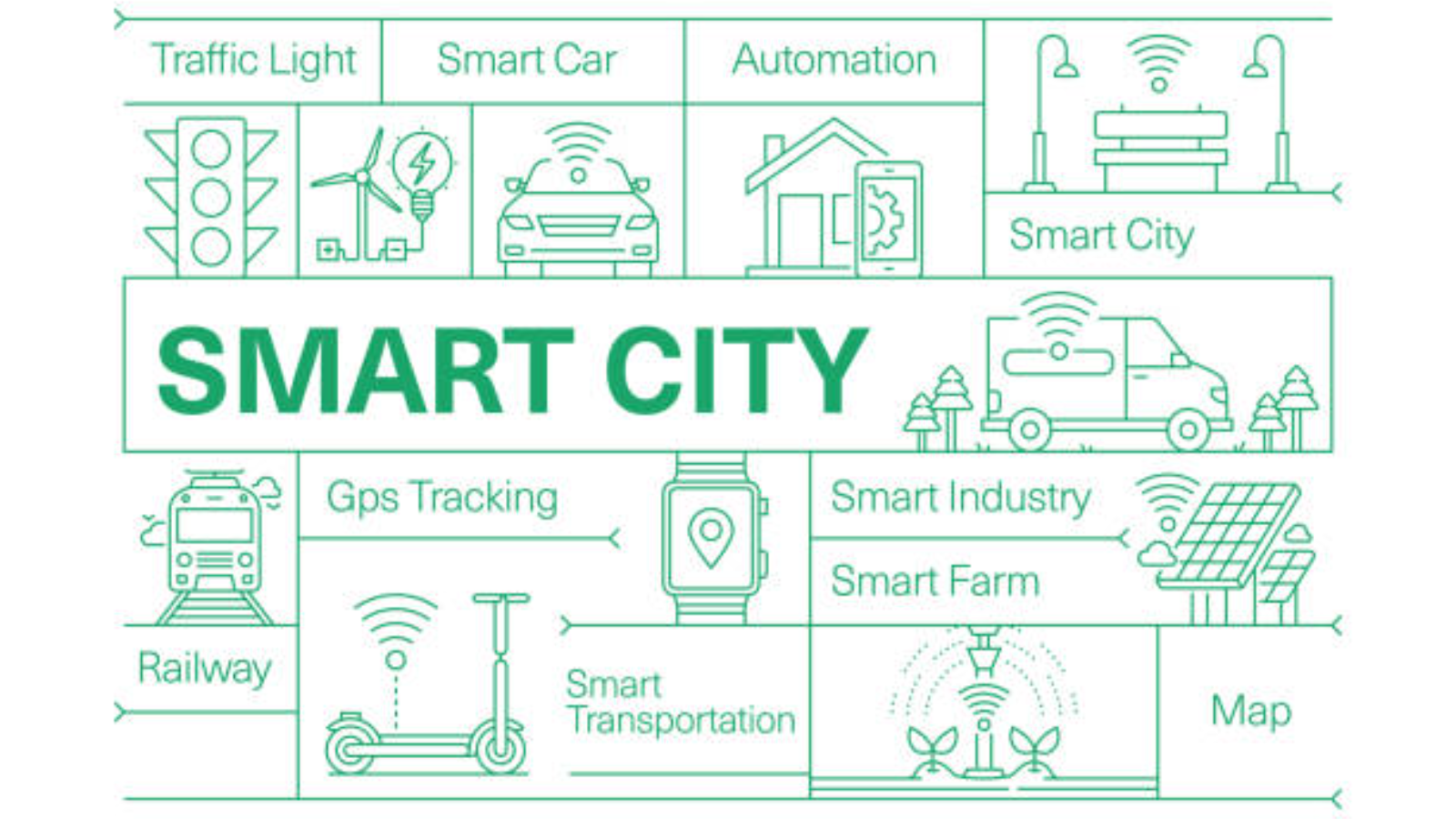In this Article
Introduction
In today’s rapidly evolving world, the concept of a “smart city” has become a focal point for urban planners, policymakers, and technologists alike. But what exactly does the term “smart city” mean? At its core, a smart city leverages technology and data to enhance the quality of life for its residents, improve the efficiency of urban services, and foster sustainable development.
This comprehensive guide will delve into the meaning of a smart city, exploring its key components, benefits, and the challenges faced in its implementation.
What is the meaning of a Smart City?
1. Data-Driven Decision Making
Smart cities rely heavily on data to make informed decisions. This involves collecting real-time data through sensors, cameras, and other IoT devices to monitor and manage urban infrastructure and services. The data collected is then analyzed to identify patterns, predict trends, and make proactive decisions.
- Traffic Management: Real-time traffic data helps in optimizing traffic flow, reducing congestion, and improving public transportation systems.
- Energy Efficiency: Smart grids and energy management systems use data to optimize energy consumption, reduce waste, and promote renewable energy sources.
- Public Safety: Surveillance cameras and data analytics enhance security by detecting and responding to incidents more effectively.
2. Connectivity and Communication
A smart city is characterized by its high level of connectivity, enabling seamless communication between devices, systems, and people. This connectivity is achieved through advanced communication networks, such as 5G, fiber optics, and Wi-Fi.
- IoT Integration: IoT devices enable real-time communication between systems like traffic lights, waste management, and public transportation.
- Citizen Engagement: Mobile apps and platforms enable residents to report issues, access services, and engage in city decision-making.
- Smart Infrastructure: Connected infrastructure, such as smart streetlights and intelligent transportation systems, enhances the efficiency and sustainability of urban services.
3. Sustainability and Environmental Impact
Smart cities prioritize sustainability by implementing eco-friendly practices and technologies to reduce their environmental footprint. This involves promoting renewable energy, reducing waste, and improving resource management.
- Renewable Energy: Smart cities invest in renewable energy sources, such as solar and wind power, to reduce dependence on fossil fuels and lower greenhouse gas emissions.
- Waste Management: IoT-enabled waste management systems optimize waste collection routes, reduce landfill waste, and promote recycling.
- Water Conservation: Smart water management systems monitor water usage, detect leaks, and promote efficient water use to conserve this vital resource.
4. Enhanced Quality of Life
The ultimate goal of a smart city is to improve the quality of life for its residents. This is achieved through various initiatives that enhance urban living, such as smart healthcare, education, and public services.
- Smart Healthcare: Telemedicine, remote monitoring, and health data analytics improve access to healthcare services, enhance patient care, and reduce healthcare costs.
- Smart Education: Digital classrooms, online learning platforms, and personalized education programs provide students with better learning opportunities and resources.
- Public Services: E-governance platforms streamline administrative processes, making it easier for residents to access public services and information.
Challenges in Implementing Smart Cities
While the benefits of smart cities are numerous, their implementation comes with several challenges. These include:
- Data Privacy and Security: Ensuring the privacy and security of collected data is crucial to prevent cyberattacks and protect citizens’ personal information.
- Infrastructure Costs: Developing and maintaining the necessary infrastructure for a smart city can be expensive, requiring significant investment from both public and private sectors.
- Digital Divide: Ensuring equal access to technology and digital services is essential to prevent social inequality and ensure that all residents benefit from smart city initiatives.
Conclusion
The meaning of a smart city goes beyond the mere integration of technology. It encompasses a holistic approach to urban development that prioritizes data-driven decision-making, connectivity, sustainability, and enhanced quality of life. By addressing the challenges and leveraging the opportunities presented by smart city technologies, we can create urban environments that are more efficient, sustainable, and livable for all. Ultimately, the true essence of a smart city lies in its ability to adapt and evolve to meet the dynamic needs of its citizens.
How Can We Help?
At AlphaX, we understand the complexities and challenges involved in implementing smart city initiatives. Our ecosystem offers solutions like data analytics, IoT, sustainable energy, and citizen engagement to achieve smart city goals.
For more information on how we can assist you in your smart city journey, please visit our contact us page.
References
Related Blog Posts
How Smart Cities Connect: Getting Started with Edge AI and IoT Technology
How to Get Started with Edge AI and IoT Technologies in Smart Cities: Overcoming Integration Challenges In recent years, the concept of smart cities has evolved from a futuristic Read More
5 Step Strategy: Ensuring Security and Privacy in 15-Minute Smart Cities
Introduction Ensuring security and privacy in 15-minute smart cities is a critical challenge as urban areas become increasingly connected through IoT and edge AI technologies. These cities aim to Read More
What is a smart city and the challenge of legacy systems
How to Get Started with Integrating Legacy Systems in Smart Cities Smart cities are transforming urban landscapes by leveraging technology to improve the quality of life for residents. However, Read More




